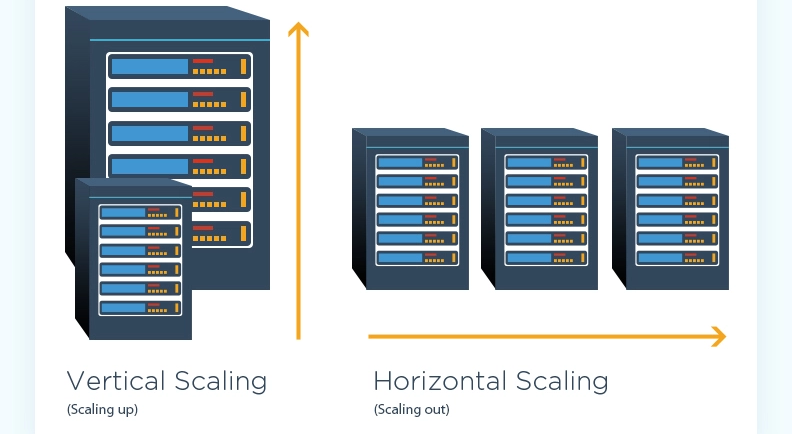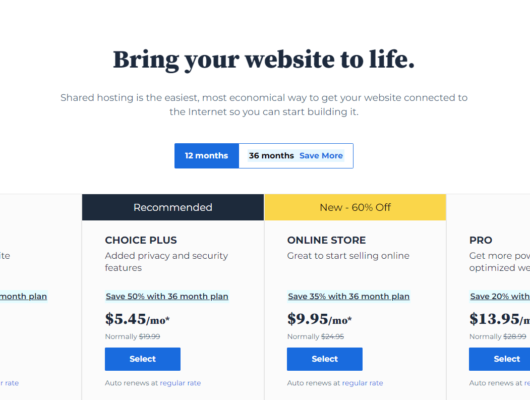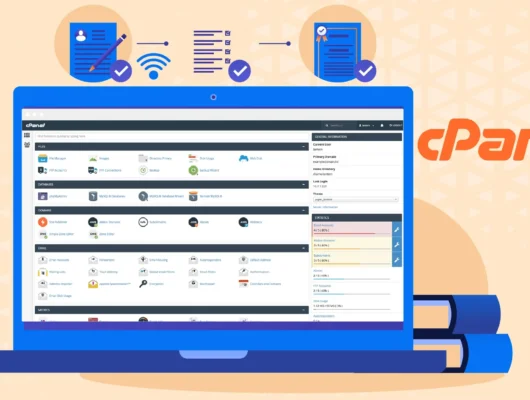Understanding Scalable Hosting
Scalable hosting refers to the ability of a hosting infrastructure to adapt and expand based on demand.
It involves dynamically adjusting resources such as computing power, storage, and bandwidth to accommodate varying workloads,
ensuring optimal performance during peak times and efficient resource utilization during periods of lower demand.
Key Benefits of Scalable Hosting Solutions:
- Adaptability to Workload Variations: Scalable hosting solutions empower businesses to handle variations in website traffic, application usage, and other workloads without compromising performance. This adaptability is essential for websites and applications experiencing fluctuations in demand.
- Optimized Resource Utilization: By scaling resources up or down based on demand, scalable hosting solutions prevent overprovisioning of resources during periods of low activity. This optimization leads to cost savings as organizations only pay for the resources they use, avoiding unnecessary expenses on idle infrastructure.
- Improved Performance and User Experience: Scalability ensures that applications and websites maintain optimal performance, even during traffic spikes. This results in a consistent and positive user experience, preventing slowdowns, delays, or downtime that can negatively impact customer satisfaction.
- Cost Efficiency: Scalable hosting minimizes unnecessary costs associated with maintaining fixed, high-capacity infrastructure. The pay-as-you-go model allows businesses to scale resources in alignment with actual demand, optimizing operational costs and budget management.
- High Availability and Reliability: Scalable hosting solutions often include redundancy and failover mechanisms to enhance availability. By distributing workloads across multiple servers and data centers, organizations can ensure continuous service availability and reliability, even in the face of hardware failures or disruptions.
Scalable Hosting Strategies:
- Horizontal Scaling: Horizontal scaling involves adding more identical servers to a network to handle increased demand. This approach distributes the workload across multiple servers, preventing a single point of failure and enabling seamless scalability.
- Vertical Scaling: Vertical scaling involves increasing the capacity of an existing server by adding more resources, such as CPU, RAM, or storage. While vertical scaling is efficient for certain applications, it may have limitations compared to the flexibility of horizontal scaling.
- Load Balancing: Load balancing distributes incoming traffic across multiple servers, ensuring that no single server is overwhelmed with requests. This strategy enhances both performance and reliability, particularly during traffic spikes.
- Automated Scaling: Automated scaling employs monitoring tools and predefined rules to automatically adjust resources based on real-time demand. This proactive approach ensures a swift response to changing workloads without manual intervention.
Read more about Essential Data Center Security…
Conclusion
Scalable hosting solutions are a cornerstone for businesses seeking to navigate the dynamic landscape of the digital world.
By providing adaptability, optimizing resource utilization, and ensuring high availability, scalable hosting empowers organizations to grow and innovate without the constraints of rigid infrastructure.
As businesses embrace the scalability paradigm, they unlock the potential for sustained success in the ever-expanding digital realm.






